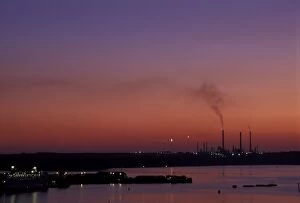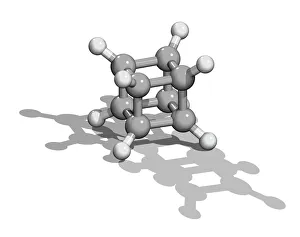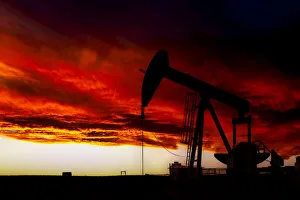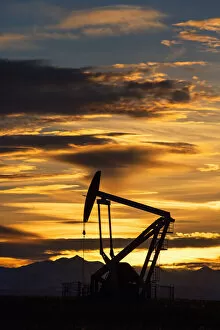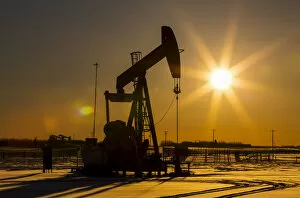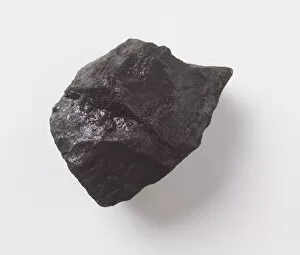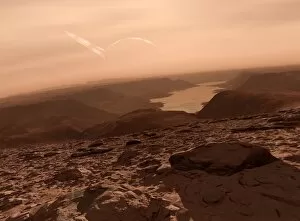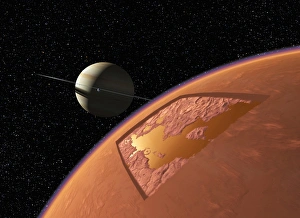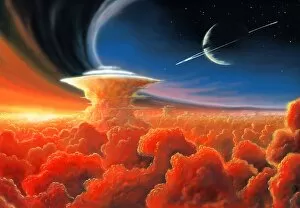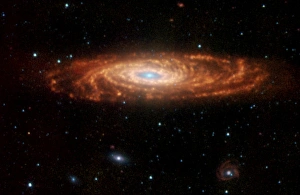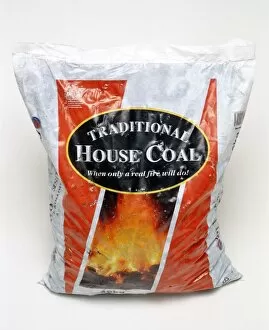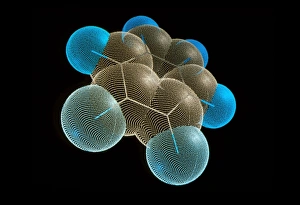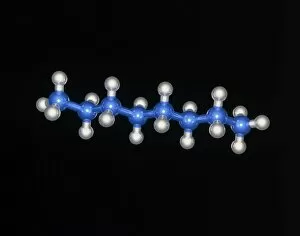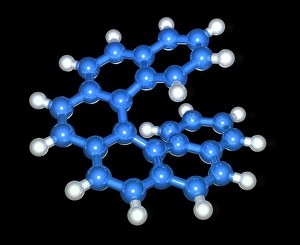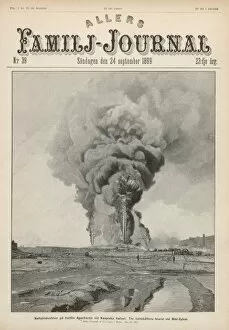Hydrocarbons Collection
Hydrocarbons, the building blocks of our energy-driven world, encompass a vast array of fascinating elements and phenomena
All Professionally Made to Order for Quick Shipping
Hydrocarbons, the building blocks of our energy-driven world, encompass a vast array of fascinating elements and phenomena. From the mesmerizing Orion nebula to the intricate Cubane molecule, their significance stretches far beyond mere chemical compounds. In Ceil Well, Baku - Azerbaijan, hydrocarbons take center stage as they are transformed into valuable resources like petrol and naphta. The sight of pumpjacks against a dramatic Chinook sky in Alberta, Canada evokes both awe and appreciation for these vital substances that power our lives. Whether it's witnessing a pumpjack silhouetted against a vibrant sunrise or bathed in the warm hues of sunset, we are reminded of hydrocarbons' ceaseless presence in our daily existence. These captivating images serve as visual reminders that beneath Earth's surface lies an abundance waiting to be harnessed. Just as Lockheed AH-56A Cheyenne and Hawker Hunter aircraft soar through the skies with unparalleled speed and precision, hydrocarbons propel us forward on an ever-evolving journey towards progress. Their versatility knows no bounds; from powering vehicles to generating electricity, they fuel innovation across industries. As we delve deeper into understanding hydrocarbons' intricacies—such as those found within the Hawker Hunter FR-10—we unlock new possibilities for sustainable energy solutions. Exploring their potential not only fuels scientific curiosity but also drives us towards a greener future where renewable alternatives can coexist harmoniously. So let us marvel at the wonders of hydrocarbons—their cosmic connection exemplified by Orion nebula's ethereal beauty—and appreciate their role in shaping our world. As long as there is exploration and discovery, these remarkable compounds will continue to ignite progress while reminding us of nature's boundless capacity for creation.

